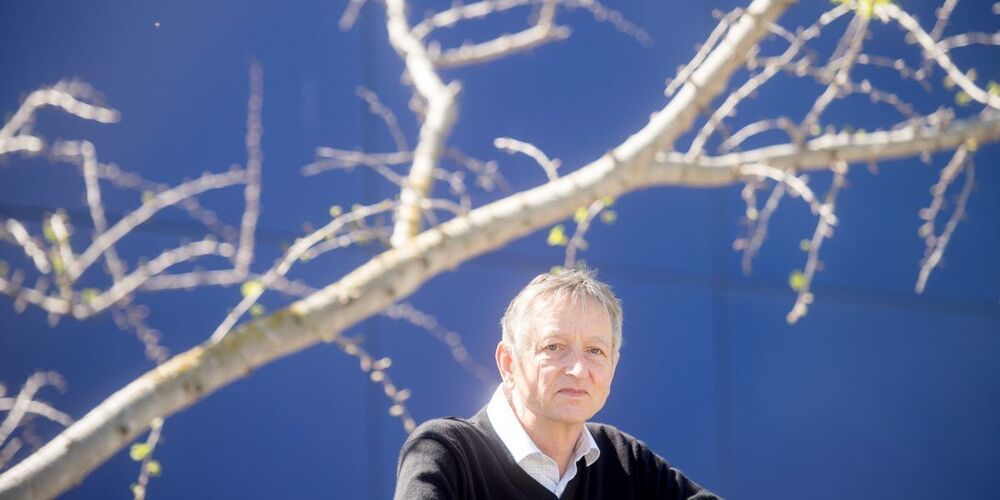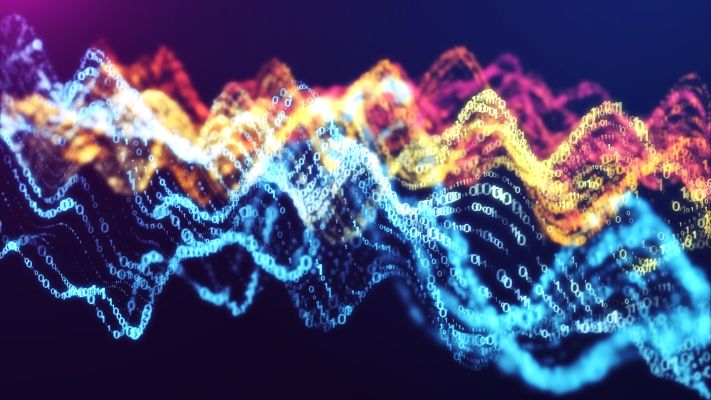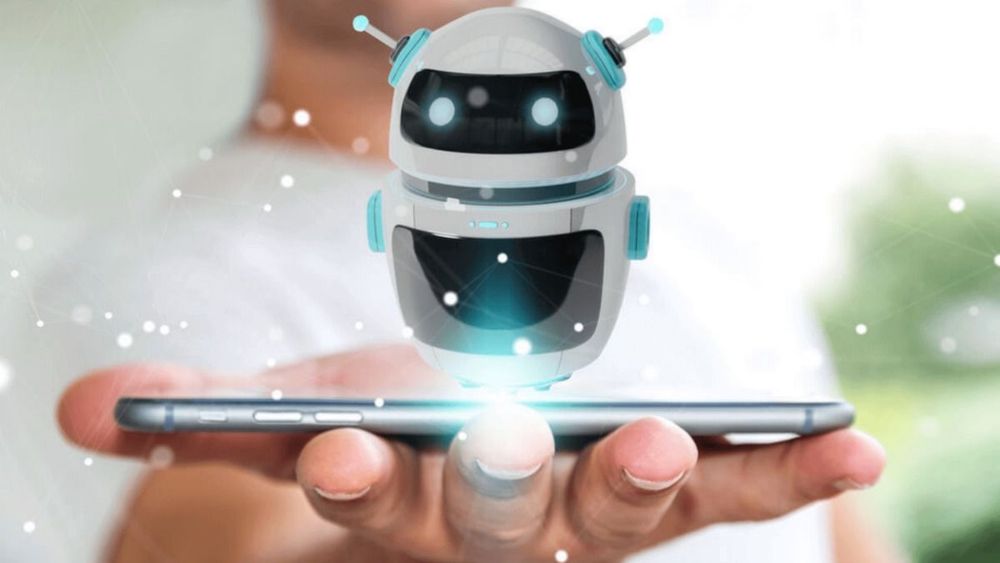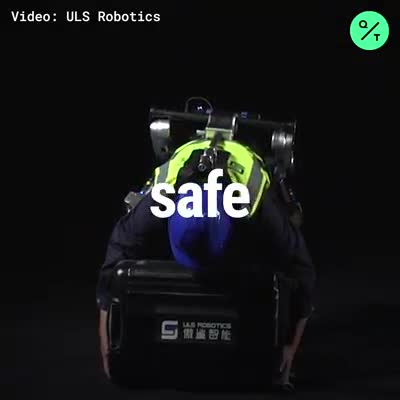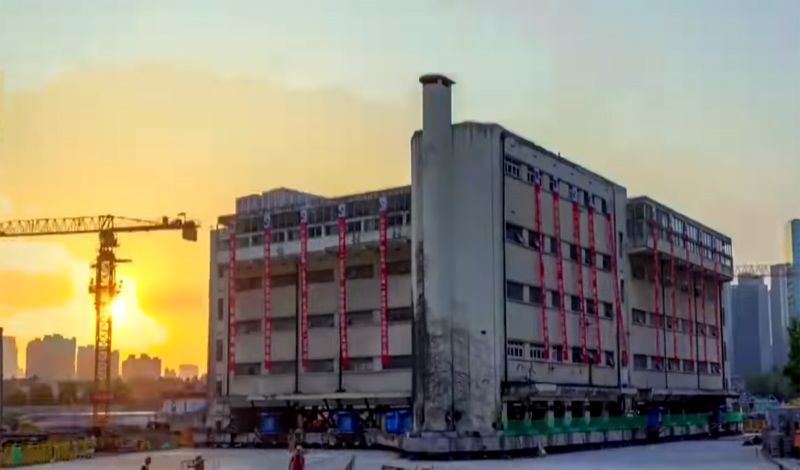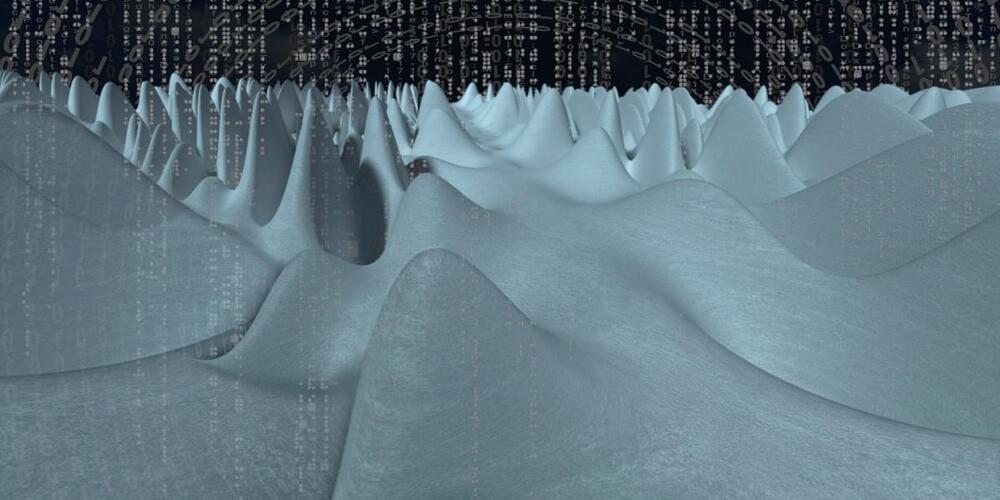Intel continues to snap up startups to build out its machine learning and AI operations. In the latest move, TechCrunch has learned that the chip giant has acquired Cnvrg.io, an Israeli company that has built and operates a platform for data scientists to build and run machine learning models, which can be used to train and track multiple models and run comparisons on them, build recommendations and more.
Intel confirmed the acquisition to us with a short note. “We can confirm that we have acquired Cnvrg,” a spokesperson said. “Cnvrg will be an independent Intel company and will continue to serve its existing and future customers.” Those customers include Lightricks, ST Unitas and Playtika.
Intel is not disclosing any financial terms of the deal, nor who from the startup will join Intel. Cnvrg, co-founded by Yochay Ettun (CEO) and Leah Forkosh Kolben, had raised $8 million from investors that include Hanaco Venture Capital and Jerusalem Venture Partners, and PitchBook estimates that it was valued at around $17 million in its last round.
